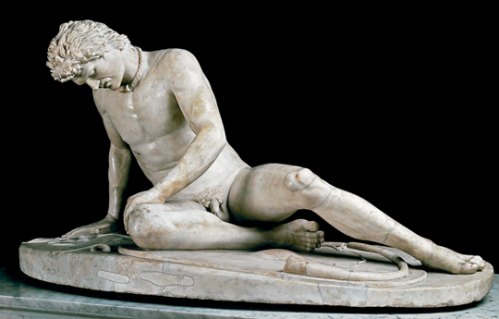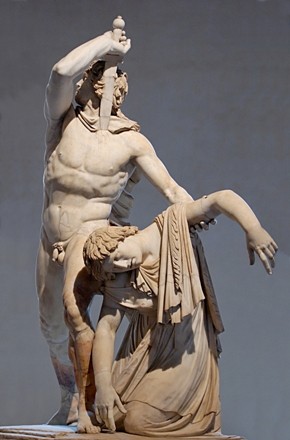
 The two more renowned sculptures of the Pergamene School on the Gauls/Galatians: the ‘Dying Gaul’ and the ‘Gaul who commits suicide after having killed his wife’.
The two more renowned sculptures of the Pergamene School on the Gauls/Galatians: the ‘Dying Gaul’ and the ‘Gaul who commits suicide after having killed his wife’.
.
By Periklis Deligiannis
.
This paper is actually a part of my published book The Celts (Γαλάτες), Periscope publ., Athens 2008, unfortunately available only in Greek.
.
I have to refer to an old theory on the Celtic physical anthropology, which even today has a great number of supporters although it is based mainly on a misunderstanding interpretation of the representation – especially of the physical type – of the Galatian warriors by the ‘Pergamene sculpture School’, of the reports of the ancient Greek and Latin authors on the Celts and of other secondary data. This theory is influenced by the ‘Teutonic School’ of physical anthropology in the 19th-early 20th centuries (the archaeologist Gustav von Kossinna and the anthropologist Hans Gunther being its last main representatives), which had a kind of obsession on discovering Nordic warrior nobilities as ruling elites on almost all the ancient European peoples, including the Mediterranean peoples, and also on the Iranians, the Indians, the Egyptians and others. According to the theories of that School, the Nordic noble warriors were the real creators of the Celtic, the Roman, the Greek, the Indian and other ancient civilizations.
More










